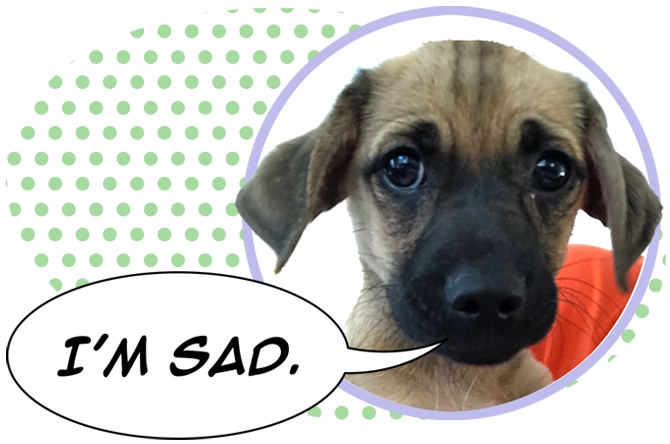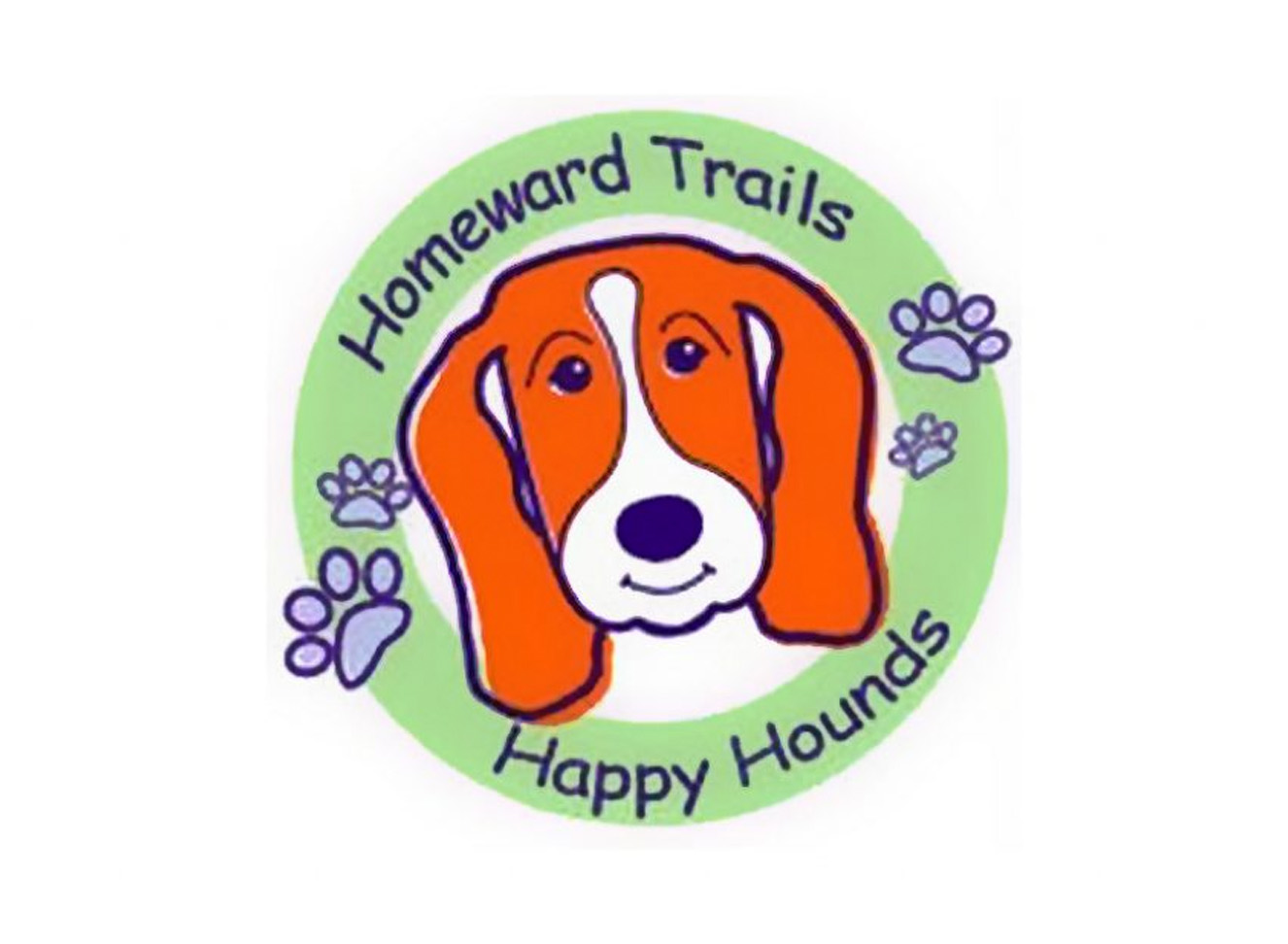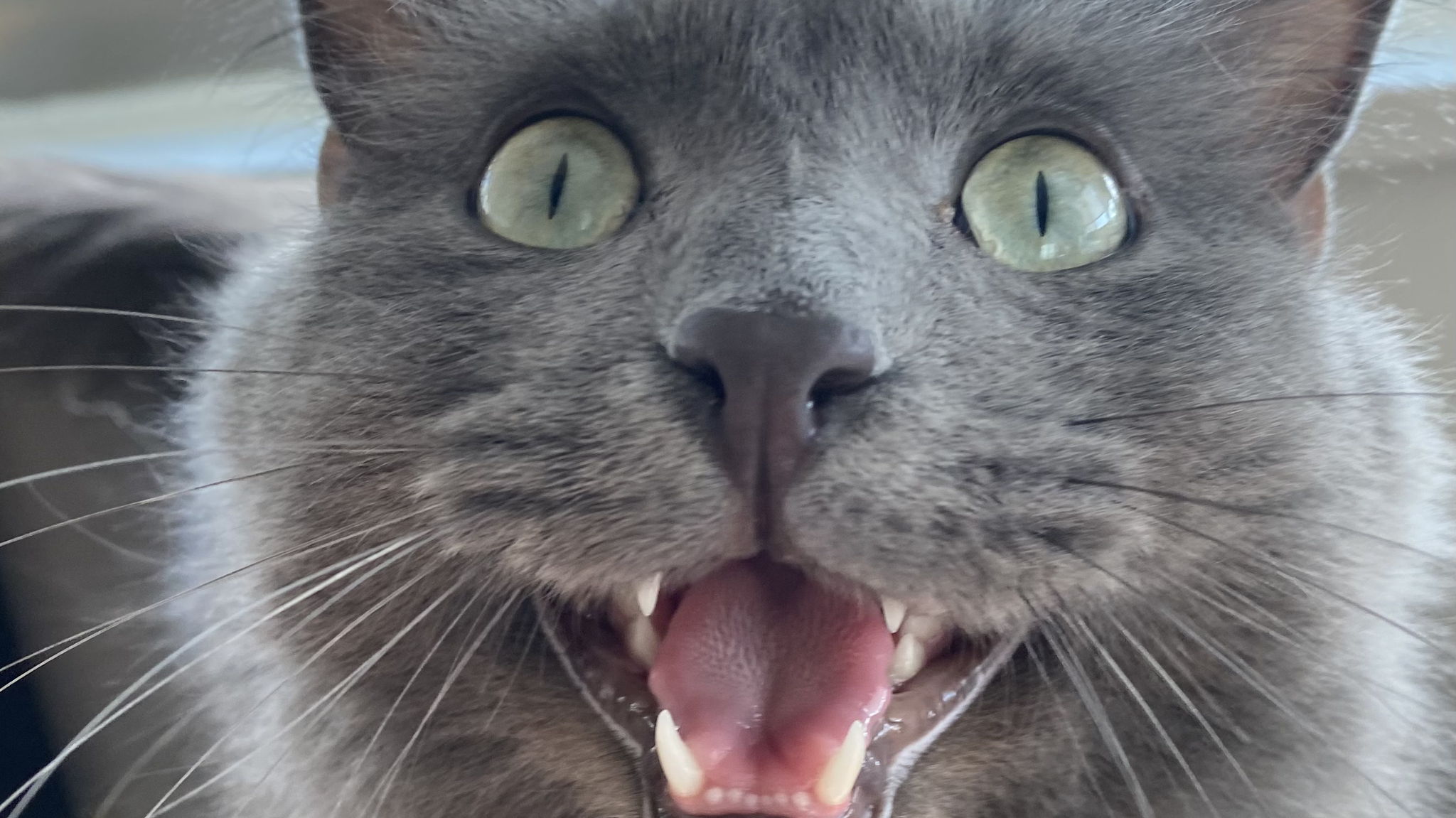Crate Training HOMEWARD TRAILS RESOURCE LIBRARY: DOGS!
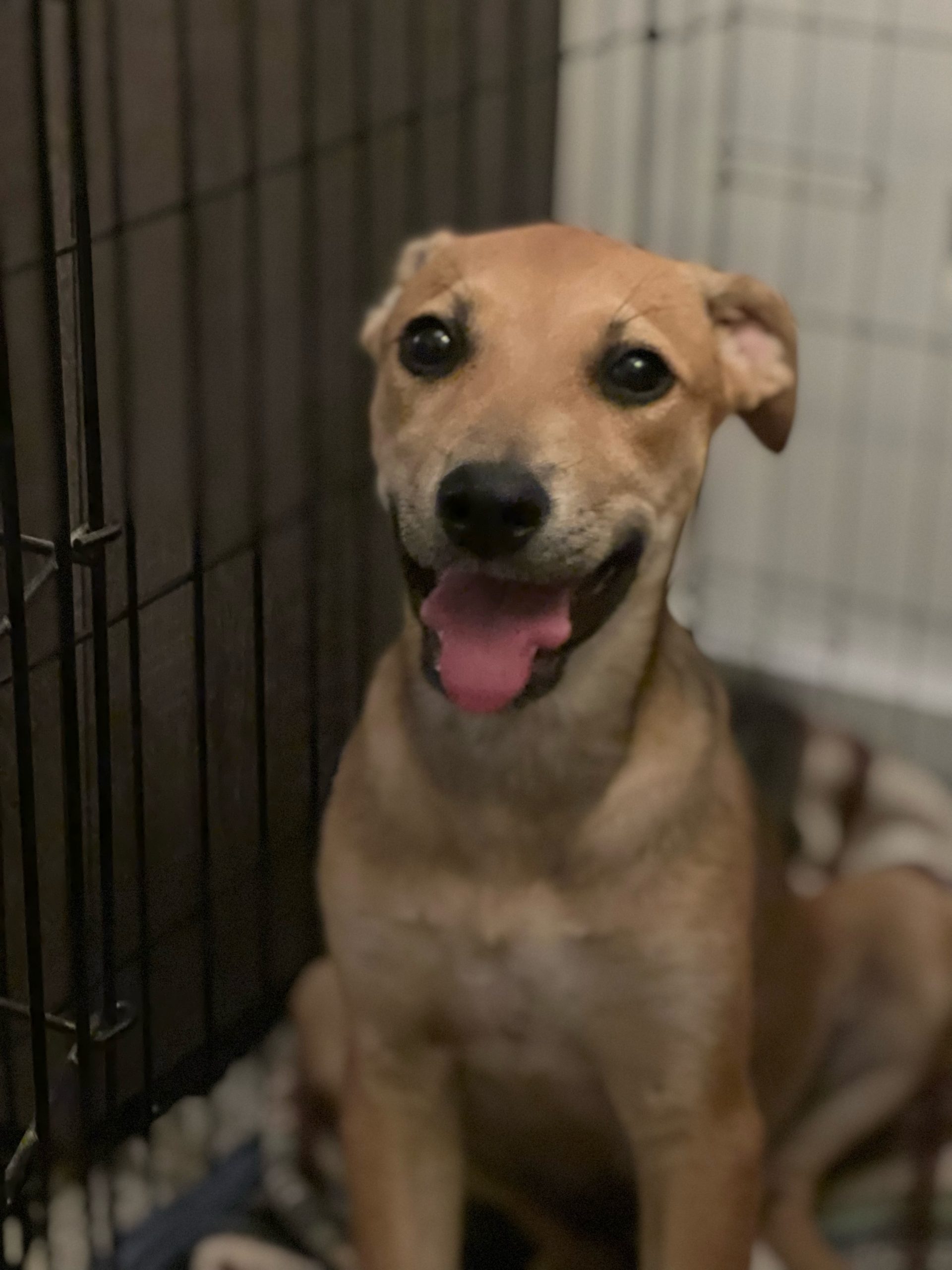
Why Use a Crate?
Safety: When you use a cage (or crate) you give your new puppy or dog a feeling of security. Just as you would not leave a toddler unattended, you should not a puppy or new dog either. This is for your protection as well as his. There are so many undesirable things that your puppy/dog can chew, that can make him sick or hurt him. Even the best of trained dogs can and will have accidents and will chew when left in a large, new environment. This is usually out of fear, confusion and boredom. These behaviors can be easily curbed with a crate.
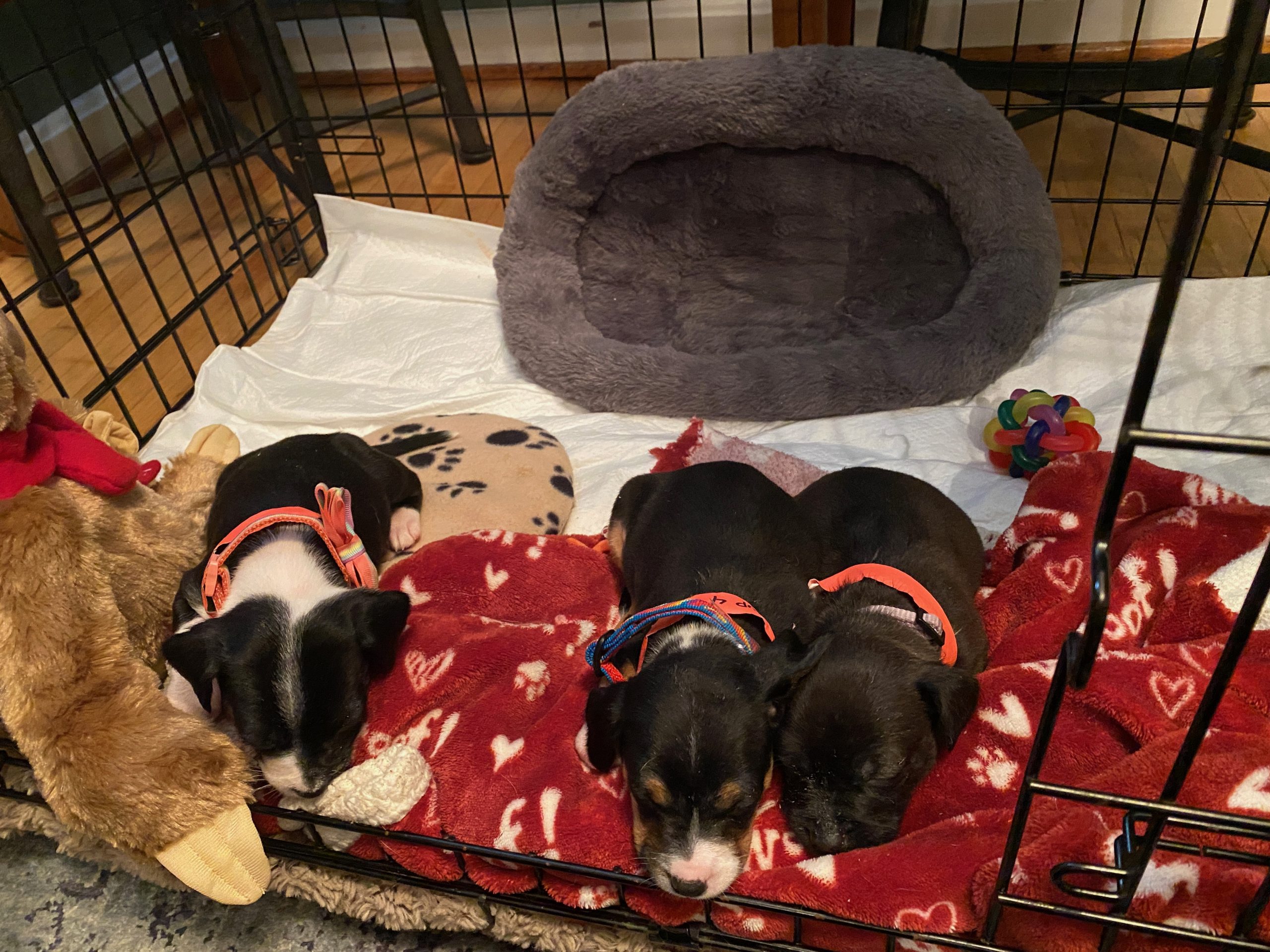
Housebreaking: As a den or pack animal, dogs are very clean about their living area. Therefore, they will not soil where they sleep. This is a learned behavior, so there will be accidents until they realize that if they soil in their cage, they either have to sleep in the mess, or be uncomfortable standing until they are left out and the cage cleaned. This generally does not take too long if the proper size crate is used.
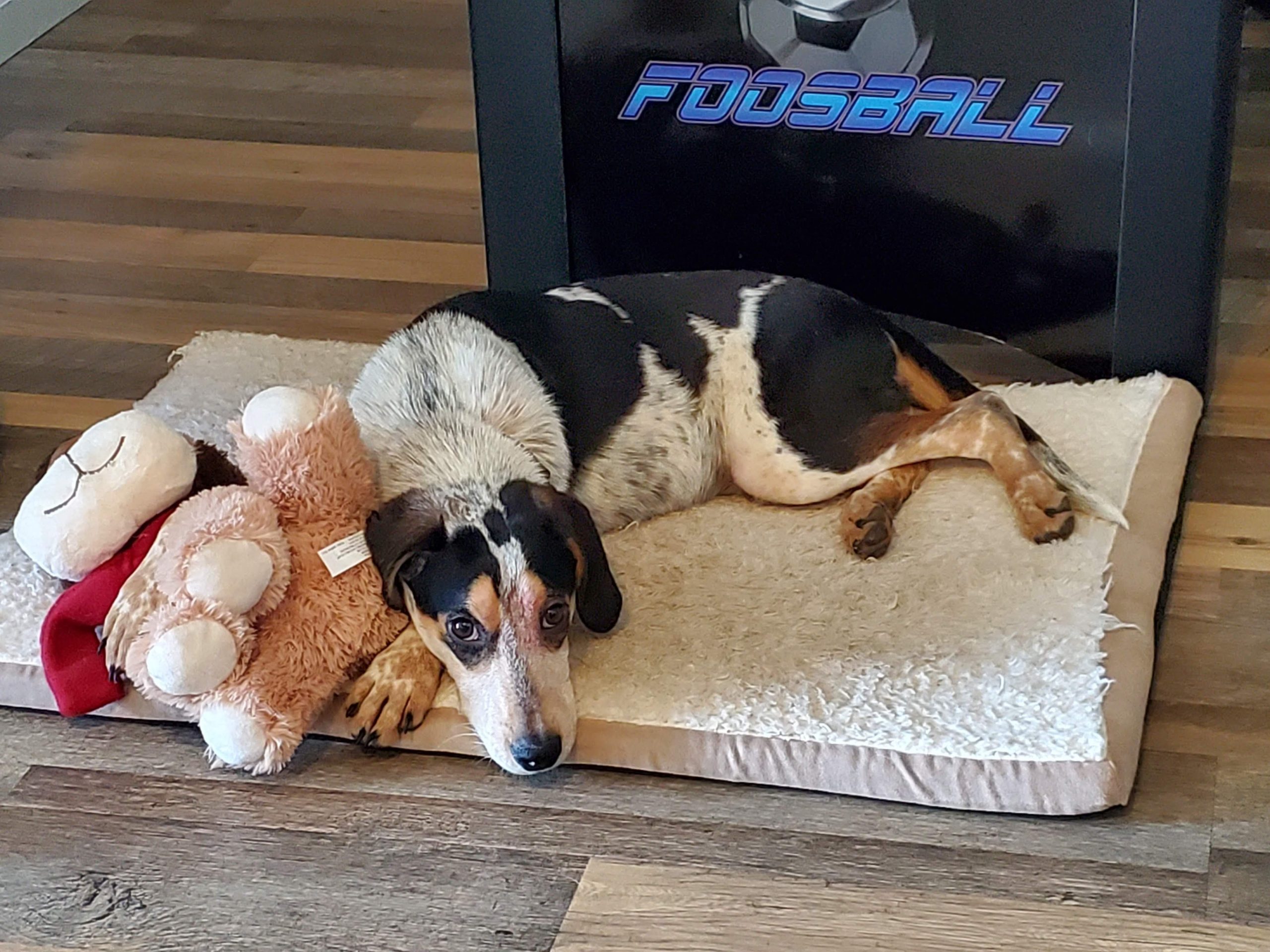
Your dog/puppy should start out sleeping in his crate and always go in his crate when you are not home to supervise. He can also spend naptime and time-outs in his crate as well. Dogs can hold their bladders for about one hour per month old that they are. So do not leave a puppy under the age of 4 months in a crate for more than four hours. However, most puppies, if on a regular feeding schedule can and will sleep through an 8-hour night in a crate if given adequate time to go to the bathroom prior to bedtime.
of Crate?
The size of the crate is very important. Your dog’s crate should ONLY have enough room for him to stand and turn around. Make the crate comfortable and cozy by providing washable bedding. There are many varieties of crates. Some are airline approved and serve dual purposes; others are metal collapsible crates that are well suited for car travel and transport. Giving your dog adequate space to lie down comfortably is important. But too much space too soon will only give your dog/pup the chance to go to the bathroom at one end and sleep at the other, so don’t go too big too soon. As the pup grows into an adult and is fully crate trained, the crate can be larger if the dog is spending hours there while you are away.
Forever?
Some dog owners crate their dogs at night and when they are not home forever. This is a personal choice based on the owner’s wishes and the pet’s behavior. Many dogs earn the right to full-house freedom and bed sleeping after they reach adulthood. Generally, it is best to start the relationship with your dog/pup in a strict manner, eventually giving the dog more freedom as it is earned and as the dog matures. Dogs with deeply rooted behavior problems and dogs prone to chewing often need to be crate trained for a long time. Remember: the crate is both your and your dog’s friend. The best thing you can do for your new dog/pup is to get him on a routine and stick by it as much as possible!!!!!
A day in the life of crate training: Routine, Routine, Routine!!!
11 p.m. – Dog/pup has not consumed a lot of water in the last hour and has gone to the bathroom in the last hour. Dog goes in crate for the night. Lights out!
6-7 a.m. – Dog/pup is taken out of his crate and IMMEDIATELY outside to use the bathroom. If you have a very young pup, take him and lead him to his papers immediately. This reinforces to the dog that holding it while in his crate will lead to the opportunity to relieve himself as soon as he leaves his crate. Note: pups first separated from litters and using a crate for the first time will almost always wake in the middle of the night. Be sure to hear them and take them out of the crate to use the bathroom (outside or on papers) so that they do not go in the crate. You MUST do all that you can to prevent the pup from going in the crate.
Give the dog/pup another opportunity to use the bathroom after eating/drinking and before going back in his crate if you leave the house for work, etc. Remember: young puppies cannot and should not be kept in crates for more than 2-4 hours, based on their age. Puppy playpens with newspapers or smaller, secure rooms are good alternatives if you cannot be home to let your puppy out of a crate to go to the bathroom and play.
Mid-day dog walks and playtime are a great way to utilize crate training but ensure that your dog/pup is getting enough exercise and outside bathroom time!
Dinnertime – Dog/pup comes out of crate and immediately outside/on papers to use the bathroom. Give him plenty of exercise and attention. Feed dinner. Within 15-30 minutes after feeding, give dog/pup opportunity to go to the bathroom again…fod goes qickly through pups so set them up for housebreaking success by getting them outside or to papers within this time frame. Playtime can continue throughout the evening interspersed with bathroom breaks every few hours or so.
11 p.m. – Dog/pup has not consumed a lot of water in the last hour and has gone to the bathroom in the last hour. Dog goes in crate for the night. Lights out!
